There’s no denying that the colors used in a project can influence a person’s mood, state of mind, and overall attitude. The ancient Egyptians researched the effects of color on mood and employed them to achieve comprehensive advantages, so we know how color impacts our mental and emotional health. Red, for example, was supposed to improve circulation, orange, energy, and blue, pain relief.
The development of modern psychology also expanded the study of color, which has been used in design and marketing, architectural design, and yes, the interior design successfully for decades. Even Swiss psychologist, Carl Jung, defined the four temperaments in terms of colors: sunshine yellow, earth green, cool blue, and fiery red.
Whether you’re looking to add occasional bursts of color or decorate your entire room from top to bottom, discover the emotive effects of color psychology in interior design.
BROWN
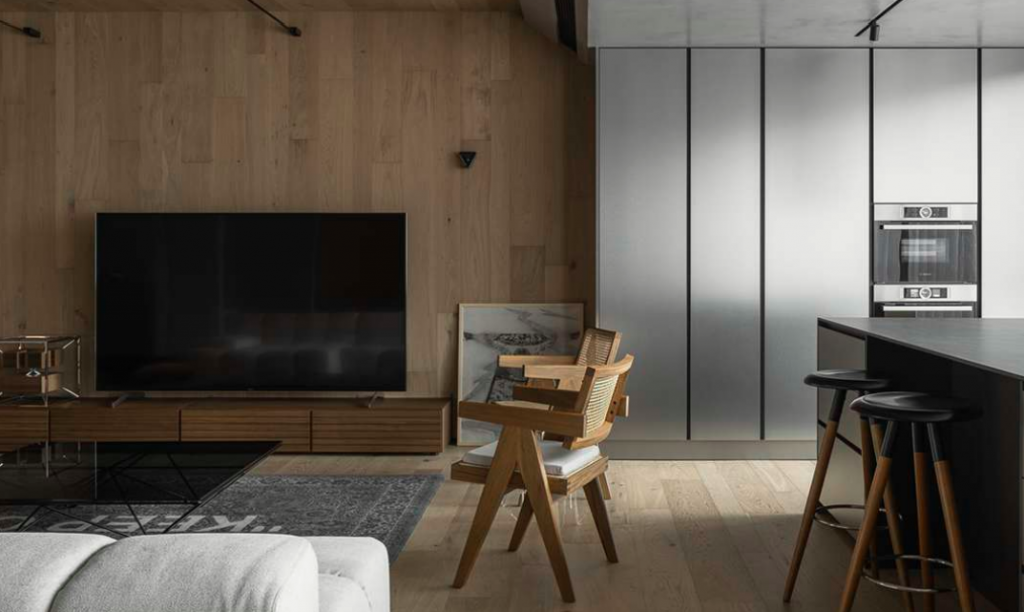
Brown is said to be a symbol of structure, support, and stability. As a result, the shade lends itself well to areas such as kitchens, providing a tasteful and timeless canvas for family gatherings. It can be super-luxe but also can work effectively in rugged, masculine environments as so many natural materials, such as wood and stone, work a brown palette.
PURPLE
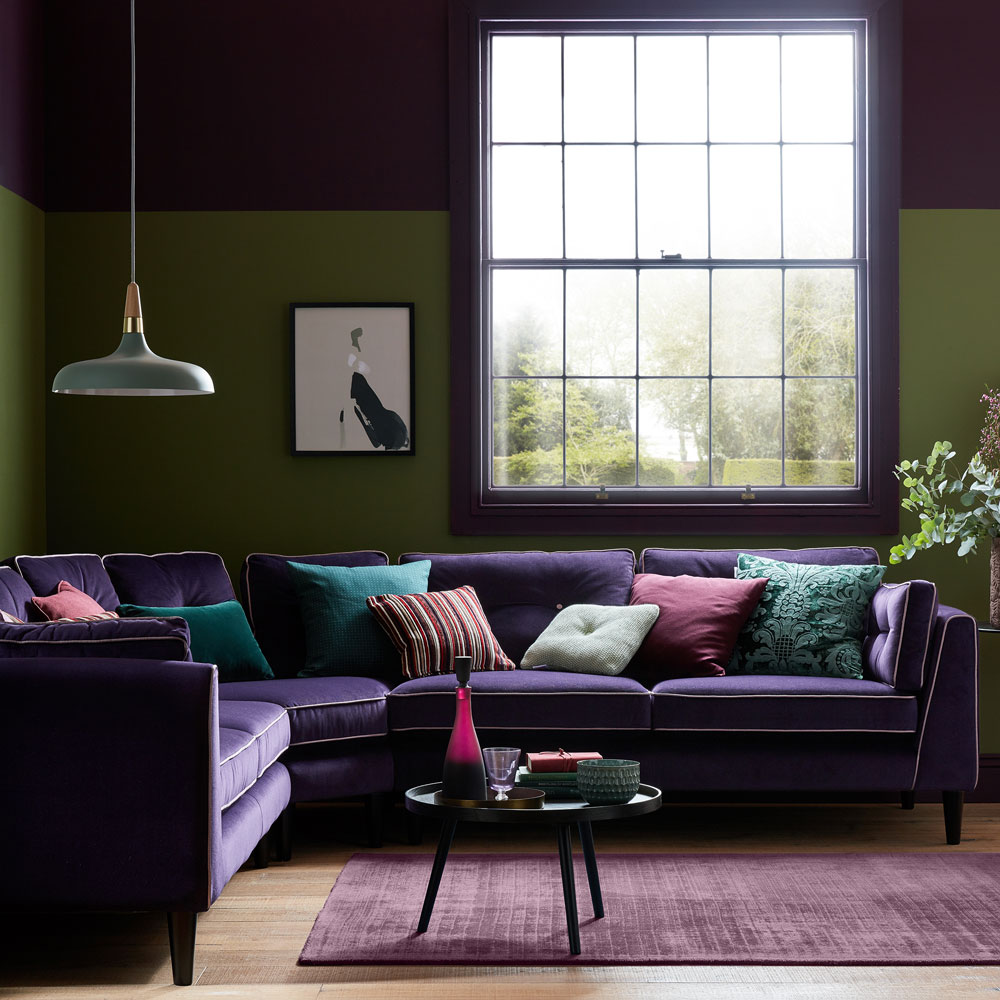
Purple is associated with a wealth of wonderful emotions from depth and creativity to fantasy and nobility in color psychology. It looks right at home in feminine spaces, such as this pretty bedroom scheme, but deeper versions of the hue can also be incredibly masculine. It carries a regal charm and also suggests luxury, which enables the tone to bring real presence to a space. Think about using it in a dressing room to create a truly special getting-ready destination or let it take over your entrance hallway to impress guests at the first opportunity.
PINK
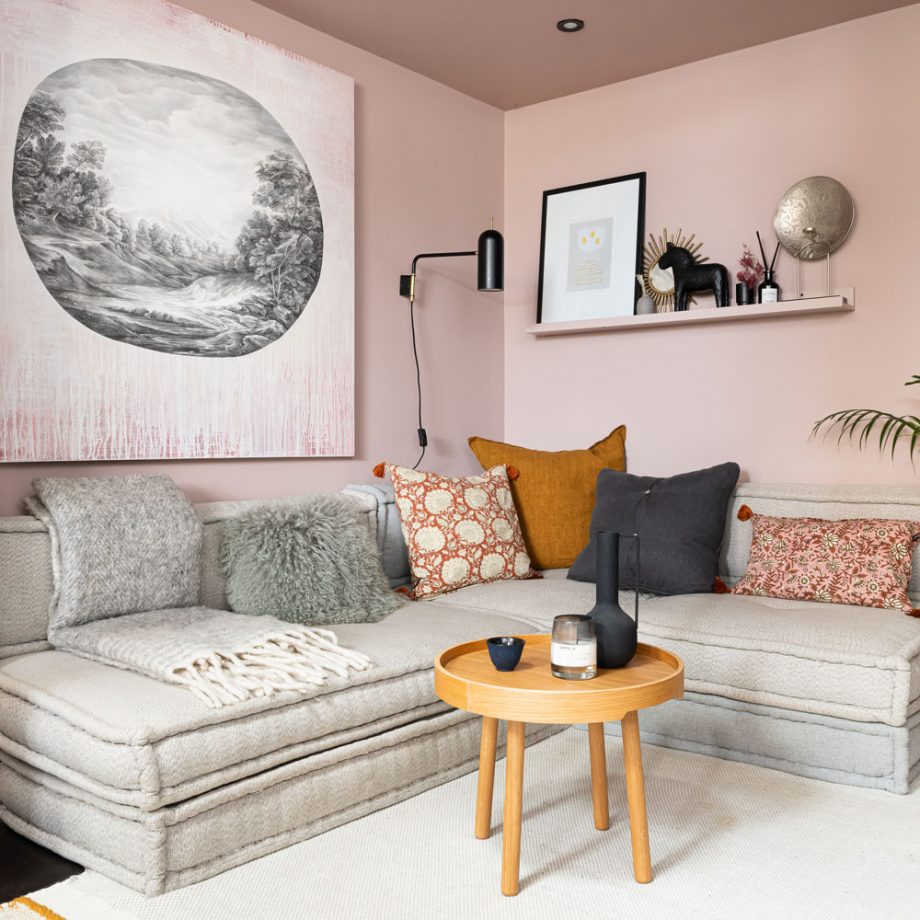
Pink is a delicate hue in color psychology that talks of nurture, tenderness, and femininity. It is sometimes misunderstood as a color only for tiny girls’ rooms. Its tones are comforting making it a favorite for bedrooms, but it can easily be transferred to living room schemes if executed well. Choose contemporary patterns and timeless yet fuss-free furniture forms to give color a shot at adulthood.
YELLOW
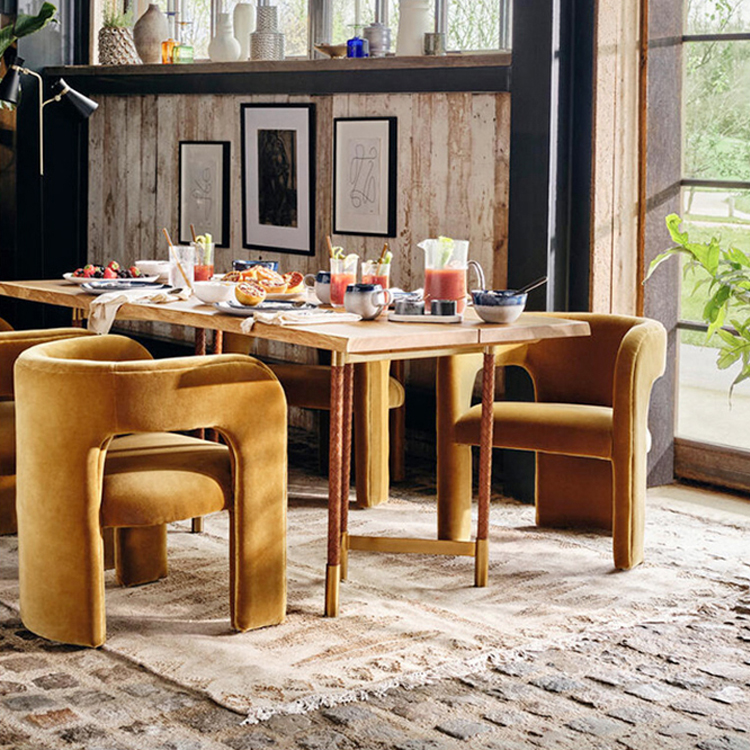
In color psychology, yellow is associated with happiness, optimism, and energy. The color is always clearly vivid, whether it’s mustard, lemon, or baby yellow. Yellow tones are ideal for children’s bedrooms and nurseries, but the color may also be grown-up and used in almost any room.
GREEN

Green is an extremely positive hue as it stimulates thoughts of balance, growth, and restoration in color psychology. It immediately brings the natural world to mind and it’s an incredible way to bring a refreshing sense of nature indoors, especially if your home is located in a city with little surrounding greenery.
The hue comes in a variety of attractive shades, ranging from emerald and jade to olive and lime. It makes an ideal wall color in spaces where you need to open your mind such as kitchens and home studies, and, as it’s closely linked to money, it’s a sensible choice for business properties.
BLUE

Without a question, blue is one of the most powerful colors in the color psychology spectrum. Deep, dramatic colors like navy and royal blue inspire confidence and are associated with positive traits like loyalty, trust, peace, and success. Lighter variations of the color evoke a sense of serenity and tranquillity in the home, making them ideal for bedrooms, bathrooms, and living rooms where you wish to unwind.
BLACK
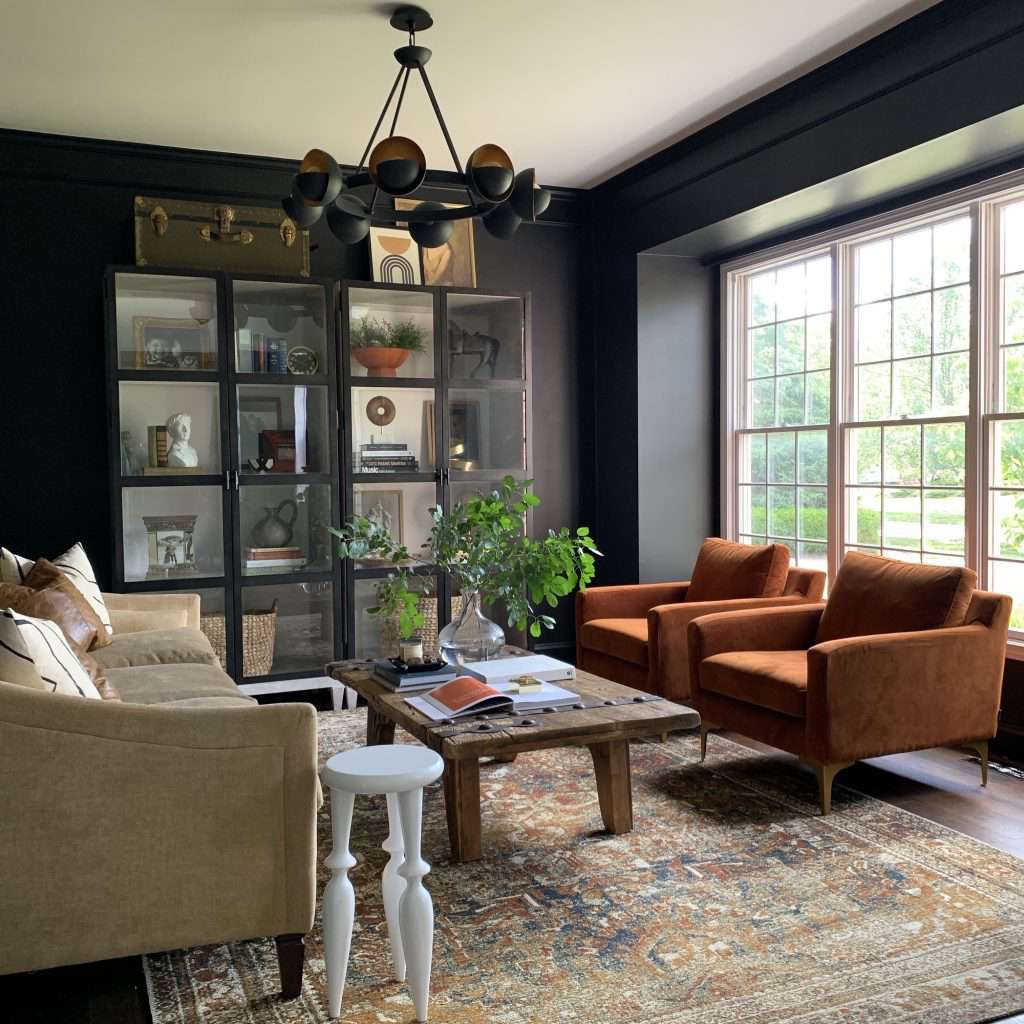
Black is the go-to color of all time in all aspects of life. Whether you don’t know what to wear or what color of furniture to opt for, black’s neutrality gives it a fail-safe quality and promises sleek sophistication. Black excels in modern and industrial settings yet it never dates so it offers a contemporary appeal to even traditional spaces. Whether you don’t know what to wear or what color of furniture to opt for, black’s neutrality gives it a fail-safe quality and promises sleek sophistication.
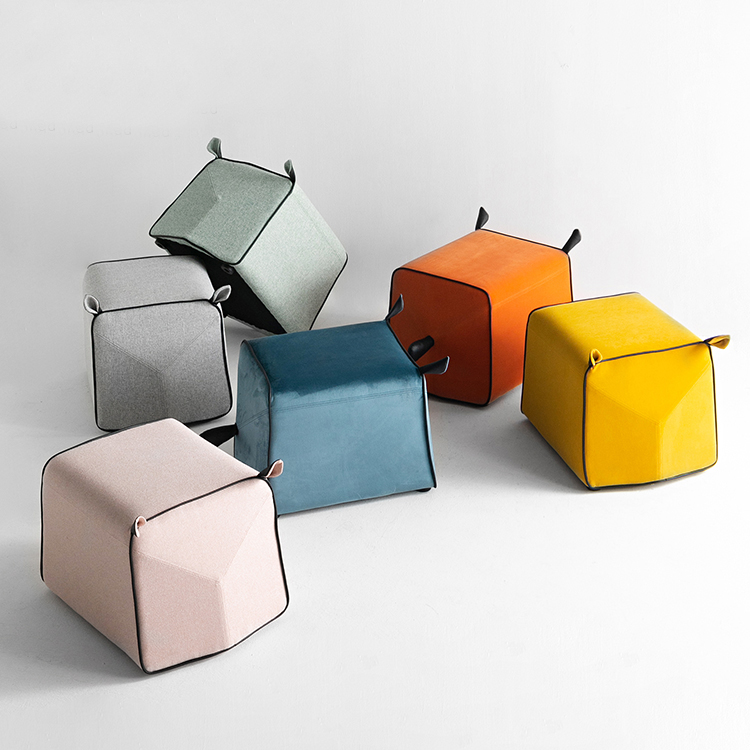
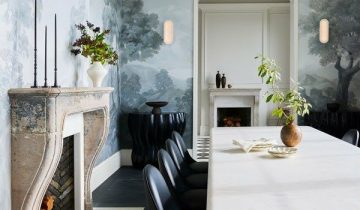
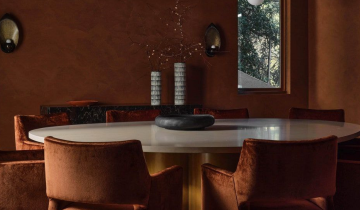
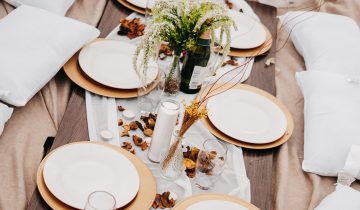
 No products in the cart.
No products in the cart.